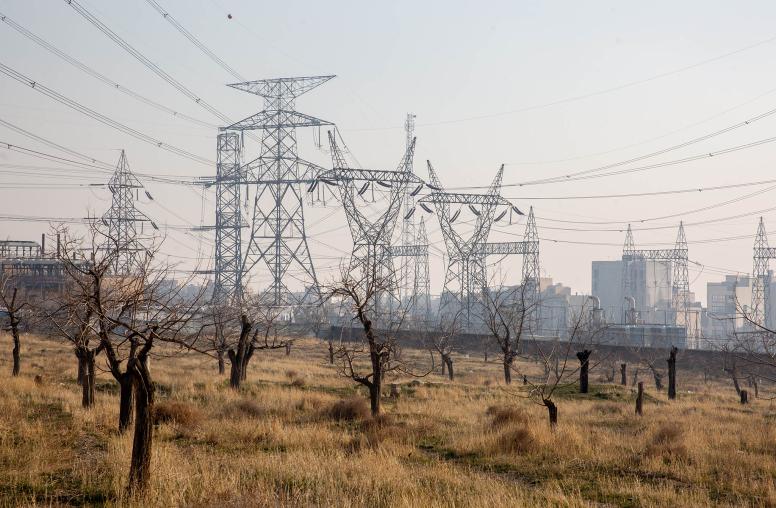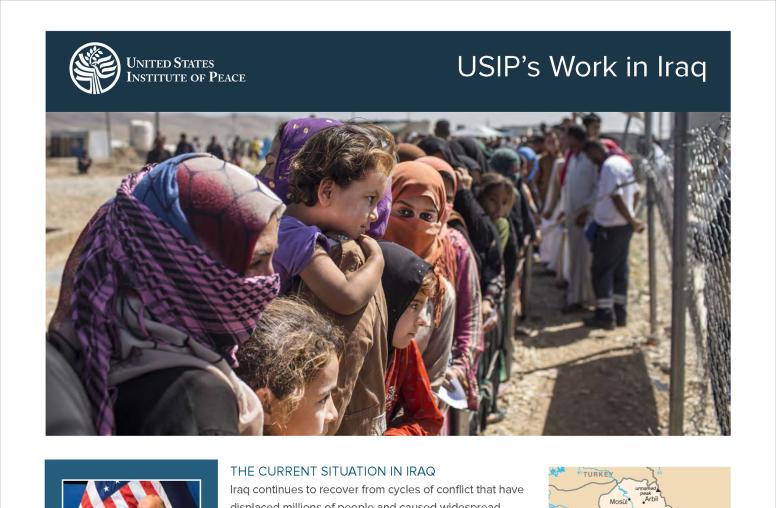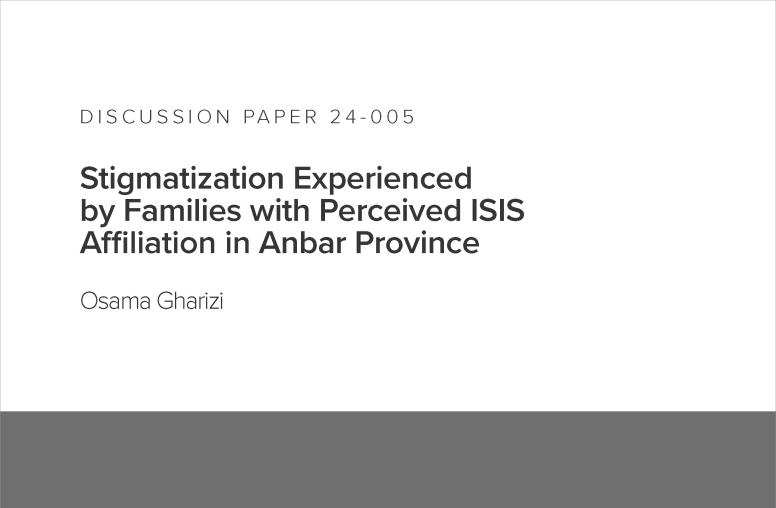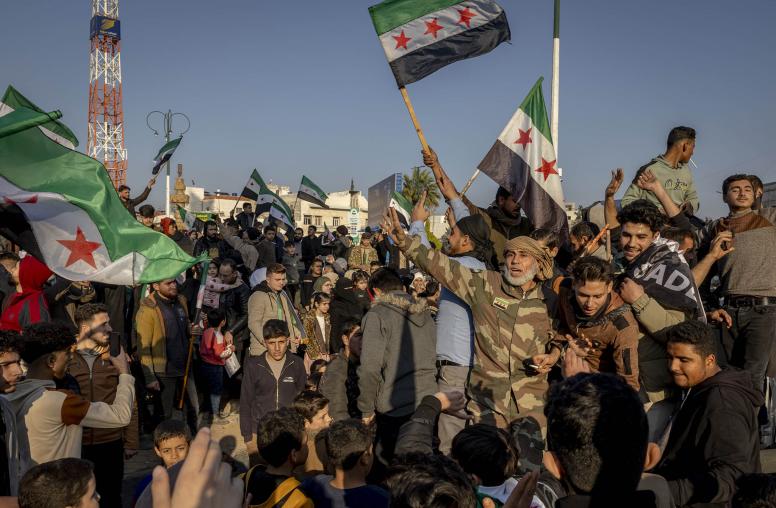Understanding and Extending the Marrakesh Declaration in Policy and Practice
In January 2016, the Marrakesh Declaration was issued by Muslim scholars and politicians as a concerted response to the persecution of and violence against minorities in Muslim-majority countries. This report, published with the Cambridge Institute on Religion and International Studies, provides background on the Marrakesh Declaration and recommendations to those from both Muslim and non-Muslim majority contexts to ensure the Declaration’s implementation and legitimacy.
Summary
- In recent years, ethnic and religious minorities around the world have faced new threats due to the rise of violent extremist groups and exclusionary nationalist movements. In areas where movements associated with the self-declared Islamic State operate, religious minorities have been treated with particular brutality.
- Motivated, in part, by concern for this reality, over three hundred Islamic scholars, politicians, and activists, as well as a small group of interfaith observers, gathered in Morocco in January 2016 to affirm the rights of minorities living in Muslim-majority contexts.
- The conference’s Marrakesh Declaration and the legal framework that informs it draw from Islamic tradition, particularly the seventh century Charter of Medina, to affirm equal citizenship as an Islamic principle and traditional form of governance prescribed by Prophet Muhammad.
- The Marrakesh Declaration is a powerful response to a pressing global human rights concern and a model for how religious tradition and international human rights law can be mutually reinforcing. This initiative can serve as a powerful resource for legitimizing and advocating for minority rights and equal citizenship more broadly within the Muslim world.
- Its true test of impact will be in its implementation—the extent to which the ideals, principles, and actions envisioned in the Declaration can spread beyond its purview as an elite enterprise to ignite and mobilize a broad-based movement for social, legal, and political change.
- Those from non-Muslim majority contexts wishing to support the Marrakesh Declaration must be careful not to undermine its legitimacy as a Muslim-led initiative, particularly in contexts where minority rights and religious freedom have historically been used as pretext for colonialism and Christian missionizing.
About the Report
This report, published with the Cambridge Institute on Religion and International Studies (CIRIS), offers background on the January 2016 Marrakesh Declaration on the Rights of Minorities in Predominantly Muslim Majority Communities. The Marrakesh Declaration was issued by Muslim scholars and politicians as a concerned and concerted response to the widespread persecution and violence against minorities, particularly by extremist groups in recent years that claim Islamic justification for violent acts. This report explains the background and content of the Declaration and offers recommendations for its implementation. This report was originally commissioned by CIRIS on behalf of the Transatlantic Policy Network on Religion and Diplomacy, a community of diplomats in North America and Europe who engage on religious issues for their respective foreign ministries.
About the Authors
Susan Hayward is the director of Religion and Inclusive Societies at the United States Institute of Peace. In January 2016, she attended the conference in Morocco that produced the Marrakesh Declaration as an interfaith clergy representative.



